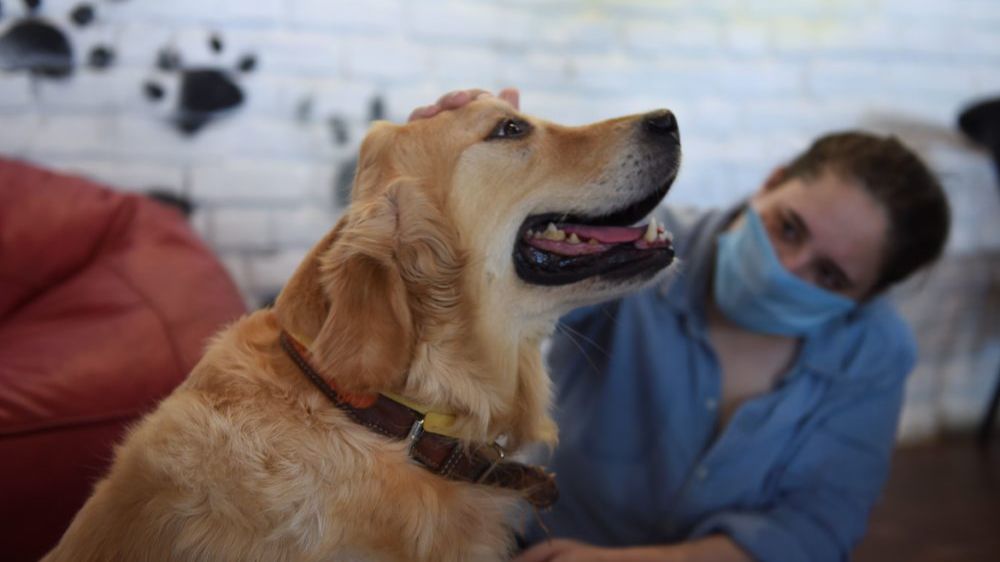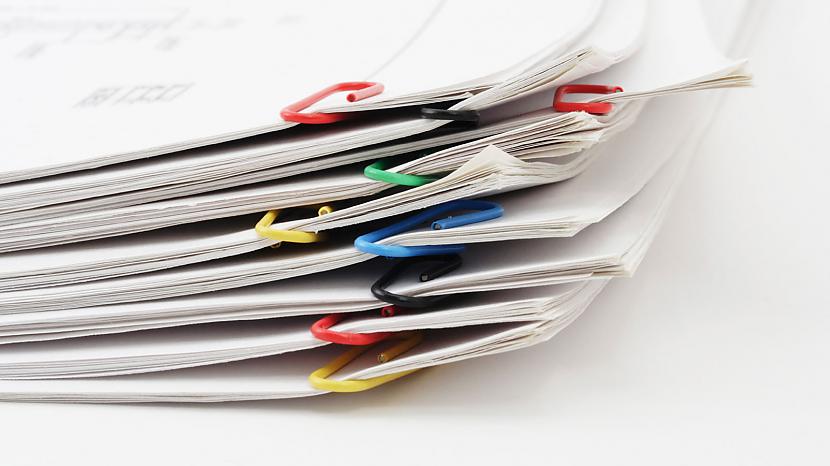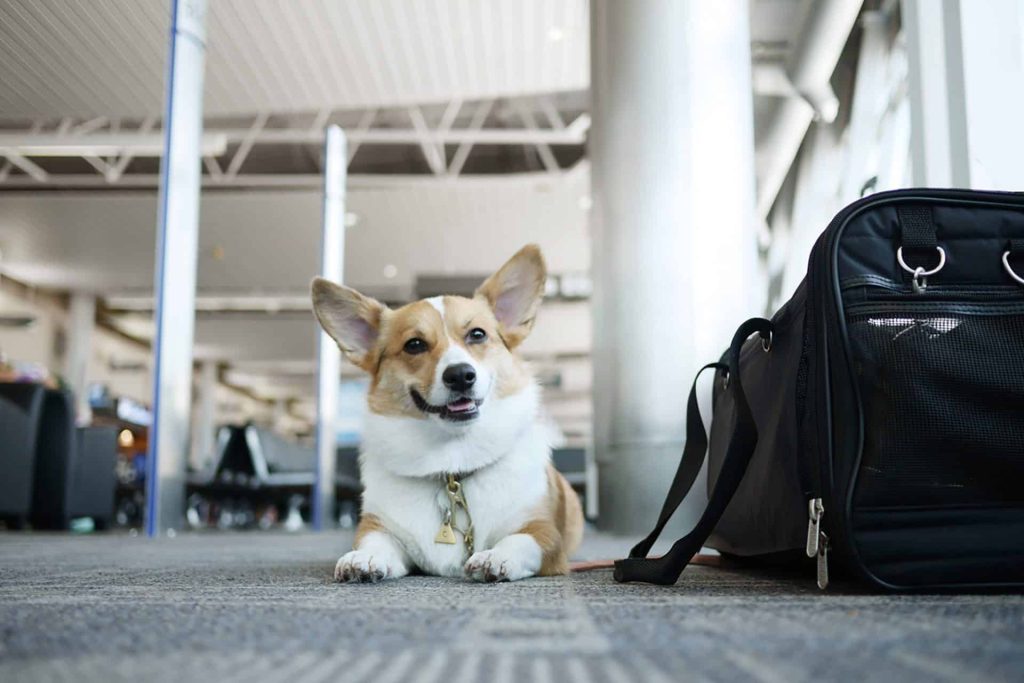Transporting pets, especially those subject to quarantine regulations, involves a detailed process that ensures both the safety of the animal and the prevention of potential disease spread. Whether you’re moving to a new country or traveling long distances, understanding the regulations, procedures, and necessary paperwork for transporting quarantine pets is essential. This guide outlines the key aspects you need to consider to ensure a smooth and compliant process.
Understanding Quarantine Regulations

When transporting pets internationally or across certain borders, quarantine regulations are put in place to prevent the introduction and spread of diseases. These regulations vary by country and region, but they generally include requirements for vaccinations, health certificates, and sometimes a period of isolation upon arrival. It’s crucial to familiarize yourself with the specific regulations of both the departure and destination locations.
- Country-Specific Regulations: Each country has its own set of regulations for pet transport. For instance, the European Union, the United States, and Australia each have specific requirements regarding vaccinations, microchipping, and health checks. Before beginning the transport process, check the official government website or contact the relevant authorities in both your home country and the destination country.
- Species-Specific Requirements: Different types of pets may be subject to different regulations. For example, dogs and cats often have different vaccination requirements compared to birds or exotic animals. Make sure to review the regulations specific to the type of pet you are transporting.
Procedures for Transporting Quarantine Pets
The process of transporting pets under quarantine involves several key steps. Following these procedures will help ensure that your pet meets all requirements and reduces the risk of delays or issues.
- Health Check and Vaccinations: Schedule a visit to a licensed veterinarian to ensure your pet is in good health and up-to-date with all required vaccinations. Many countries require specific vaccinations, such as rabies, and a health check to confirm that the pet is fit for travel.
- Microchipping: Most countries require pets to be microchipped for identification purposes. The microchip should be ISO 11784/11785 compliant and registered in your name. Ensure that the microchip details are up-to-date and match the information on the pet’s documentation.
- Obtain Health Certificates: A certified health certificate from a licensed veterinarian is often required. This certificate should state that your pet is healthy, up-to-date on vaccinations, and free of contagious diseases. The certificate may need to be endorsed by a government authority, such as the USDA in the United States or the Ministry of Agriculture in other countries.
- Quarantine Requirements: Depending on the destination country, pets may need to undergo a quarantine period. This usually involves a specific duration of isolation to ensure that the pet is not carrying any diseases. Verify the quarantine requirements and arrange for suitable accommodation if necessary.
- Booking Transport: Choose an experienced pet transport service that complies with international regulations. They will assist with the logistics of the journey, including handling, customs clearance, and ensuring that your pet is transported safely and humanely.
Necessary Paperwork for Pet Transport

Proper documentation is crucial when transporting pets, especially those subject to quarantine. Here is a list of the essential paperwork you will likely need:
- Pet Passport: For international travel, a pet passport may be required. This document includes vaccination records, microchip details, and a health certificate. It serves as proof that your pet meets the entry requirements of the destination country.
- Import Permit: Some countries require an import permit for pets. This permit is issued by the relevant authority in the destination country and allows the entry of your pet. Apply for this permit well in advance of your travel date.
- Veterinary Certificates: Include all necessary veterinary certificates, including the health certificate and vaccination records. These documents must be recent and may need to be translated into the official language of the destination country.
- Quarantine Documents: If a quarantine period is required, you may need to provide additional documentation regarding the quarantine facility and arrangements. Ensure all documents related to quarantine are in order and available for inspection.
- Travel Authorization Forms: Depending on the regulations of the destination country, you may need to complete travel authorization forms for your pet. These forms often include details about the pet’s travel itinerary, health status, and ownership.
Tips for a Smooth Transport Process

- Plan Ahead: Start the preparation process well in advance of your intended travel date. Some vaccinations and health checks may need time to be completed, and obtaining permits can take several weeks.
- Double-Check Requirements: Regulations can change, so always double-check the latest requirements from official sources. Contact the embassy or consulate of the destination country if you have any doubts.
- Prepare Your Pet: Get your pet accustomed to their travel crate or carrier well before the journey. This will help reduce their stress and make the transport process smoother.
- Keep Copies of Documents: Make copies of all important documents and keep them with you during travel. This includes health certificates, import permits, and vaccination records.
- Stay Informed: Stay updated on any changes in regulations or procedures that may affect your pet’s transport. Being well-informed will help you address any issues promptly.
Conclusion
Transporting a pet under quarantine regulations requires careful planning, adherence to specific procedures, and proper documentation. By understanding and following the regulations of both the departure and destination locations, you can ensure a smooth transition for your pet. Whether moving to a new country or traveling long distances, proper preparation and knowledge will help safeguard your pet’s health and well-being throughout the journey.
Always consult with professionals and authorities to ensure compliance and to address any concerns that may arise. With careful planning and attention to detail, you can make the process of transporting your quarantine pet as smooth and stress-free as possible.
More posts you might be interested in:














